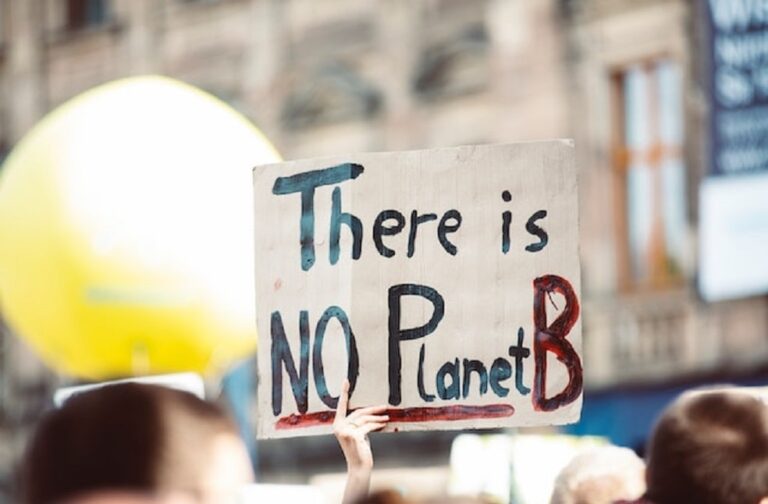United Kingdom: A new report has stated that European countries must bridge the vast “planning gap” between their climate targets and action plans. According to analysis from the environmental nonprofit organisation Clean Air Task Force (CATF), the national energy and climate plans (NECPs) that EU member states made in 2019 are outdated, lack key details, and do not line up with long-term strategies. Only half of the states have submitted a fresh proposal two months after an EU deadline for draft plans passed in June.
“Three decades is a very short period to plan, permit, and construct the power system that we need in 2050,” Mr. Alejandra Muñoz Castañer from CATF, lead author of the report, commented. According to the authors, the governments have a “one-time opportunity to really take their planning endeavours more seriously, which they haven’t done in the past”.

The report calls on member states to use their action plans to support a wider range of clean technologies, send clearer signals to investors about where to put their money, and plan cross-border infrastructure like electricity pylons and hydrogen pipelines. Furthermore, it urges a greater focus on solving practical problems like training enough workers and making it easier to get permits for clean energy projects.
The EU has promised to cut greenhouse gas pollution by at least 55 percent from 1990 levels by the end of the decade and hit net zero emissions by 2050. But a report from the European Court of Auditors in June found “little indication that actions to achieve 2030 climate and energy targets will be sufficient”.

The Clean Air Task Force report called on governments to “connect the dots” beyond 2030 to 2040 and 2050 and better track progress to get there. The EU has not yet set a target for its greenhouse gas pollution in 2040 but plans to do so before elections in May 2024. Its scientific advisory board said in a report in June that the EU should aim for reductions of 90–95 percent by 2040 relative to the levels at which they were in 1990.



